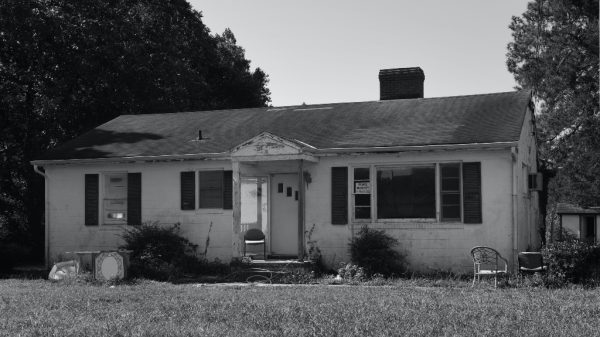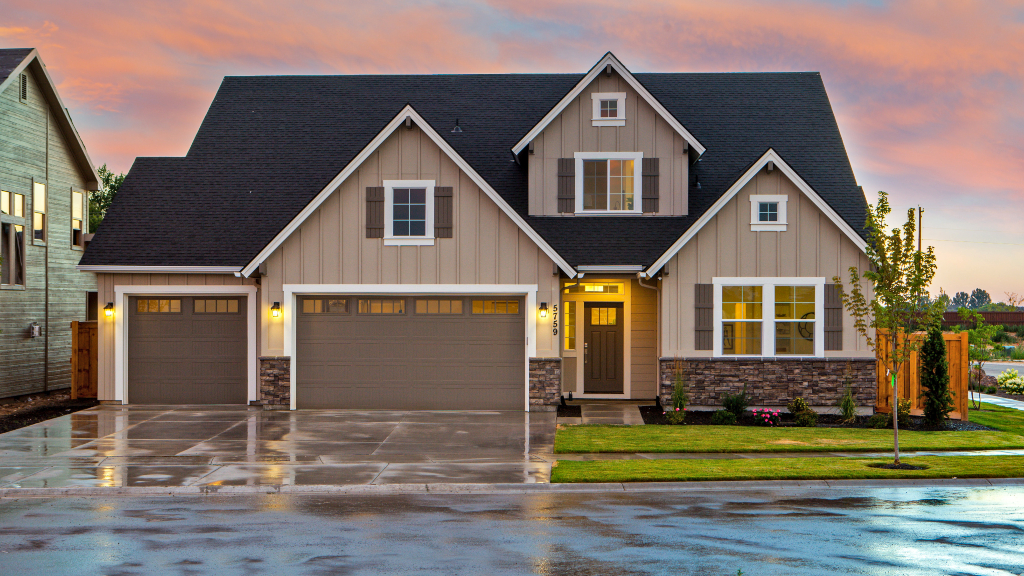Homesharing is on-trend in the United States. It’s giving younger Americans a way to break into the highly competitive housing market. Homesharing is often considered #CoLiving. The homeowner rents out a portion of the home to family members or even strangers. Co-living is not the traditional roommate agreement where everyone shares the living space. Co-living spaces are designed to be private, from a bedroom and bathroom to an entire floor complete with bedrooms, a kitchen, and other amenities. Some builders are even building homes designed specifically for co-living with larger communal spaces and larger closets. What’s driving this trend?
Multi-generational living on the increase
According to Pew Research, the number of Americans who live in multigenerational family homes has quadrupled since the 1970s. A multigenerational household is defined as “two or more adult generations living in one home” or a skipped generation, such as grandparents and grandchildren. The National Association of REALTORS® suggests two reasons for multi-generational homes.
- Aging parents move back in with their adult children as part of caregiving, both for themselves but also to help care for younger children.
- Pooling incomes to afford a larger home or to rely on others in a potential loss of income.
- Adult children who never left the family home are continuing to share the home while they save money to move out on their own or simply wait to inherit the family home.
Pew Research says,
“Americans in multigenerational households are less likely to live in poverty.” The financial advantages to living with others, whether in your family or not, can be huge.
Co-living has its opponents
A recent ordinance passed in Shawnee, Kansas, a suburb of Kansas City, banned co-living with four or more unrelated people. Ostensibly, the ban was to prevent investors from buying up properties to allow for more renters. The goal of the City Council was to keep the housing market from ballooning. However, the ban on co-living doesn’t prevent homeowners from renting to one to three individuals nor does it prevent multigenerational living.
Co-living is a trend to watch.
Dawn Brotherton is a Sr. Staff Writer at The American Genius with an MFA in Creative Writing from the University of Central Oklahoma. She is an experienced business writer with over 10 years of experience in SEO and content creation. Since 2017, she has earned $60K+ in grant writing for a local community center, which assists disadvantaged adults in the area.













































